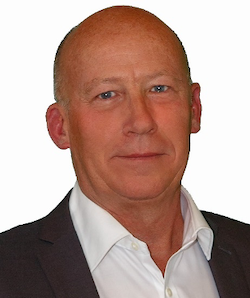
by Chris Bowker
Children and drugs, Exposure – Temptation – Vulnerability – Social Pressure are all reasons why any child (or adult) might get involved with drugs. So, what can you do? USE COUPON: SAVE10
USD $17
Hello, is that the emergency service, please come quick my son has collapsed, he’s not breathing properly…
…hurry send an ambulance my daughter is shaking and vomiting badly, she’s taken something…
Is that Mrs. X, this is the police, we need you to come to the station, we have arrested your son…
Knock at the door…. Mr. X, hello, I am from the coroner’s office and I deeply regret to have to inform you that…
Those are calls or visits that no parent wants to ever make or receive. Your child is suddenly seriously ill, and you may have no idea that it is drug related, or your child has been arrested for involvement with drugs or you receive the worst news a parent could ever hear, and certainly no parent expects to outlive their children.
But why did this happen, what went wrong? Why didn’t I see this…? You would have many self-searching questions.
Here’s a few drug statistics:
Global:
In the US:
In the UK:
In Australia:
Those are alarming statistics to say the least, but they cannot be ignored. Would you believe that a 12-year-old could be suffering from liver disease due to alcohol, yes alcohol is a drug!
There are many more eye-opening statistics in the book.
But you can do something about it, you can do something to help avoid or reduce the chances of any of that, and in this the drugs watch guide you will learn what to look for, what the signs and behaviours are that show that your child may be taking or is involved with drugs in some way, even if they deny it!
You will learn about many types of drugs and their effects. You will learn slang/street names and some terminology that users and dealers use to hide what they are doing, but knowing the terminology helps you to detect and monitor what your kids are saying or writing.
You will learn where drugs come from and how the supply chain works from cultivation to the users getting their fix.
You will learn where and how to get professional help and advice if you suspect that you have a user in the family, or if you have a confirmed user in the family, you are not alone, help and advice is there, you just need to know where to look.
Kids hide things and you will learn about the many places to look as part of an ongoing monitoring and checking/detection process/routine to see if your child is using or is involved with drugs.
People young or old lie, there may be many reasons for that, but it is fact and you must be constantly vigilant for your child’s own protection and safety.
Here’s why, in today’s society and social scene kids have to face and deal with the following where drugs are concerned:
Exposure – Temptation – Vulnerability – Social Pressure
Those can all be tough for a child to deal with!
So, parents need to be detectives even if you have no reason or suspicion that your child is or could be involved with drugs. When kids leave the house to go to school or out with their friends, out of sight from you they are stepping in some cases into another world.
You will also hear from celebrities, addicts and reformed addicts and parents and hear their stories of their addiction and how they deal or have dealt with it. There are videos and written interviews.
Don’t let you child or children be just another tragic statistic.
Detection and monitoring are critical.
And so…
Prevention is better than rehabilitation.
But…
Rehabilitation is better than a funeral!
SPECIAL BONUS: You’ll get FREE periodic supplementary updates to keep the information inside this book up to date.